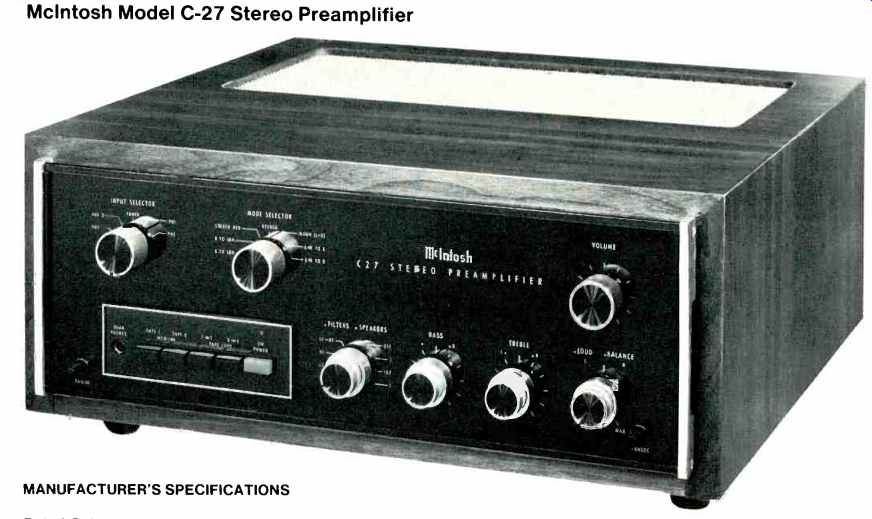
MANUFACTURER'S SPECIFICATIONS:
Rated Outputs: Main, 2.5 V (maximum greater than 10 V) into 22-kilohm or greater load; Tape, 0.25 V (maximum greater than 10 V) into 22-kilohm or greater load, and Center Channel (L + R) 2.5 V into 22-kilohm or greater load.
Input Sensitivities: High Level, 250mV @ 100 kilohms, and Low Level (Phono 1 & 2), 2 mV @ 47 kilohms and 100 pF.
Frequency Response (any input): 20 Hz to 20 kHz, +0, -0.5 dB.
Hum and Noise; Phono, 80 dB below 10 mV input unweighted, 85 dB IHF "A" weighted; High Level, 85 dB unweighted, 90 dB IHF "A" weighted.
Dimensions: Front panel, 16 in. (40.6 cm) W x 5 7/16 in. (13.8 cm) H. Chassis, 15 in. (38.1 cm) W x 5 in. (12.7 cm) H x 13 in. (33 cm) D, including PANLOC shelf and back-panel connectors. Required knob clearance in front of mounting panel is 1 1/2 in. (3.8 cm).
Weight: 20 lbs. (9.1 kg).
Power Requirements: 120 V, 50/60 Hz.
Price: $749.00.
-------------------------

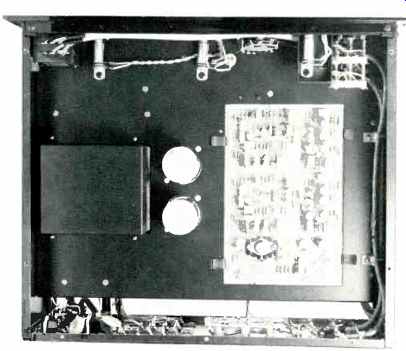
The venerable firm of McIntosh Laboratory, Inc., seems intent upon changing at least part of its corporate image. Whereas "Mac" has, in the past, been extremely slow to introduce new products, they presently seem to be engaged in a major engineering effort aimed at bringing forth several new audio component products annually. It is barely a year since we tested and reported on their ne plus ultra C-32 preamp and yet, here we have another new preamplifier, the Model C-27, which seems destined to replace the long-lived C-28 preamp that has been around for several years. While the C-27 retains the familiar front-panel look which instantly identifies the unit as a McIntosh product, internal circuitry is brand new from the preamp equalizer section to the audio output stages.
The C-27 falls somewhere between the two extremes of control-chassis design philosophy. It is neither a "straight wire with gain" design (which generally eliminates just about every control but volume and program selection) nor is it a "no holds barred" design replete with every tone-tailoring and signal-processing circuit imaginable. Rather, the C-27 takes a mid-course approach, providing those controls and switching functions which are deemed most important by those audiophiles who are honest enough to admit that perhaps their listening environment is not acoustically perfect and that, perhaps, even their speaker systems are not flat from d.c. to Channel 5. Rather than forego tone controls and cut-off filters, such audio buffs prefer to have these facilities in a control unit providing their presence in the signal path does not introduce any new form of distortion.
While the C-27 pictured here is shown mounted in an optionally available wood cabinet. Mclntosh's familiar Panloc mounting arrangement makes for easy mounting of the unit into a wood panel furniture cabinet or shelf, with the usual metal brackets and needed hardware supplied as part of the package. The front panel exceeds chassis size in both of its dimensions, which makes for a non-critical panel cutout for custom installations.
The front panel of the C-27 is anodized gold and black with McIntosh's familiar gold-teal blue panel nomenclature illumination which magically appears when power is applied. Rotary controls along the top of the panel include a five-position program input selector (AUX 1, AUX 2, Tuner, Phono 1, and Phono 2), a mode selector (left or right to both outputs, stereo reverse, stereo, L + R mono, left plus right to left or right outputs) and, at the extreme right, the master volume control. The four rotary control sets at the lower right of the panel are dual concentric types. The first of these introduces, singly or in combination, the high- and low-cut filters and selects either or both sets of loudspeakers which can be switched via the front panel providing the power amplifier's outputs are connected to the rear of the C-27 instead of directly to the speakers. Bass and treble tone controls permit tonal tailoring of each channel separately, while the right-most control in this group is a combination balance and loudness control. The loudness control of the C-27 works a bit differently from that in the C-32. The user is instructed to set the volume control for maximum lifelike listening levels while the loudness knob is set to its "flat" (counterclockwise) position. Then, for lower listening levels, the loudness control is rotated (rather than the volume control) and proper Fletcher-Munson compensation is introduced as listening levels are lowered to the desired level.
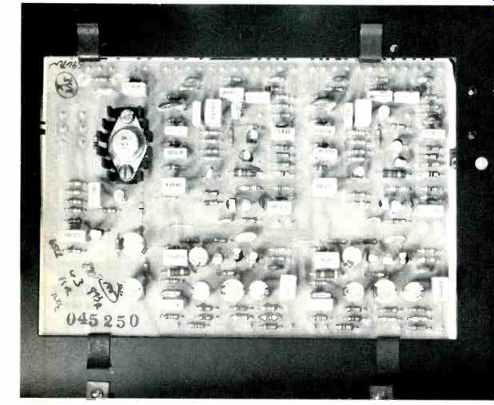
Fig. 1 Close-up view of the major P.C. board of the McIntosh C-27 preamplifier.
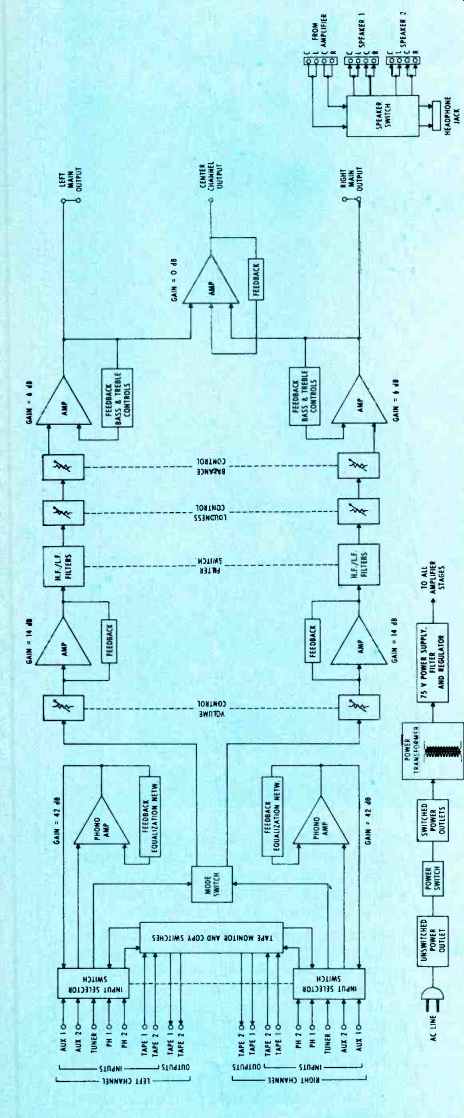
Fig. 2-Block diagram of the C-27 circuits.
Completing the panel layout is a group of pushbuttons and a headphone jack at the lower left. The buttons, five in all, take care of the two tape-monitor circuits and provide tape dubbing from either of two connected tape decks to the other. The final button turns on power to the unit and has an illuminated rectangle just above it to indicate that power is on.
Adjacent to the four switched and one unswitched convenience a.c. receptacles on the rear panel are three sets of spring loaded terminals which require only that the stripped ends of power amplifier and speaker connecting cables be inserted into the small holes exposed when the terminal keys are depressed.
It is this arrangement which brings speaker switching capability to the front panel of the C-27, and a handy feature it is too since most high-quality basic power amplifiers are normally equipped with only one set of speaker terminals. The right portion of the rear panel is equipped with the necessary phono-tip jacks for signal inputs, tape-in and tape-out circuits, two pairs of main output jacks (in case you want to feed two separate power amplifiers) and a "center channel" output for feeding the sum (L + R) of both channels to a separate monophonic power amplifier for background music in an alternate location or for powering a center-channel speaker system in the main listening area. A 0.5 ampere line fuse holder completes the rear panel layout.
Circuit Highlights
A second internal view of the C-27 chassis is pictured in Fig. 1, a detailed view of the major circuit board which contains all of the active audio signal handling circuitry, including the preamplifier-equalizer low level stages. Smaller PC modules include the pushbutton switch circuits, input terminal boards, a switch indicator circuit board (for illuminating the front panel LEDs which light up when tape monitoring or tape copying is employed), and a power supply module. Signal paths can be traced by consulting the block diagram of Fig. 2. The input selector routes the different input signals within the C-27. Isolating networks are present at each high-level input and shorting-switch contacts ground unused inputs. The isolating networks also block any d.c. voltages that might be present, preventing pops or clicks when changing inputs. The phono preamp section uses three selected transistors per channel. Low impedance components are used in the RIAA equalization network, drive for which is provided by the final stage which operates at an adequate current level to drive the low impedance without slew rate limiting. Isolating networks are included at each tape output and input.
The volume control is a step-attenuator type having 32 steps and 70 dB of range, plus a total attenuation position. A voltage gain stage follows the volume control and provides 14 dB of gain. High- and low-cut filters follow, with the signals then passed along to the loudness and balance control, and then to another gain stage for an additional 6 dB of amplification. This last gain section is used for the bass- and treble-control circuits and consists of a three-stage linear amplifier with tone controls included in a negative feedback circuit using precision capacitors and resistors for shaping the desired frequency response characteristics depending upon the setting of the tone controls. The output of this amplifier is fed to the two pairs of main output jacks.
The C-27 power transformer uses a grain-oriented, silicon steel core, plus copper and magnetic steel shields to eliminate radiated magnetic hum fields. The power supply uses zener-diode reference voltage regulation and electronic filtering. Turn on and turn-off time characteristics of the power supply are controlled to prevent switching transients. The total semiconductor complement of the C-27 includes 18 silicon-planar transistors, four silicon diodes, and five light-emitting diodes.
Laboratory Test Measurements
All of our measurements were made with respect to rated output (2.0 volts from the main output terminals) unless otherwise stated. We first studied the performance of the phono equalizer section. Input sensitivity for rated output measured 2.3 millivolts for both phono inputs. Though McIntosh does not provide a "limit spec" for phono overload, we consider this to be an important specification. The phono inputs were able to handle signal levels of 135 millivolts at 1 kHz before noticeable first stage distortion occurred considerably more than is likely to be delivered even by a high-output cartridge tracing the most heavily-modulated record grooves. Signal to noise in phono, referred to a 10 mV input, measured 82 dB unweighted, increasing to 89 dB when an "A" weighting network was inserted in the path between the output and the measuring instruments.
A word is called for regarding the playback curve measured via the phono inputs as shown and photographed from the face of our spectrum analyzer's CRT tube. McIntosh has elected to adopt the new IEC standards for playback which call for an additional roll-off time constant of 7960 microseconds in addition to the three time constants normally prescribed for RIAA equalization. This final low-end roll-off makes sense, since it reduces needless amplification of turntable rumble components which serve no purpose other than to overload the bass power output capabilities of modern power amplifiers (especially those that have response down to " d.c.") and to cause speaker cones to fluctuate wildly, sending the voice coils into non-linear regions of operation. The final low-end roll-off or turnaround of the new curve is clearly visible in our 'scope photo of Fig. 3, and, although our frequency sweep extends only down to 20 Hz, the response continues to roll off below that frequency at a 6-dB per-octave rate, exactly as prescribed by the new IEC standards.
If you try to measure the phono response against the "old" RIAA curve, however, you will find that at 30 Hz it differs from the old prescribed point-by-point plot by approximately 1 .3 dB. In terms of the IEC playback curve, the equalization of the C-27 was so accurate that it varied by no more than 0.1 dB at any of the remaining test points measured.
Figure 4 is a plot of distortion versus frequency (at rated output) via the high-level inputs, as observed at the main output terminals. Over the entire spectrum from 20 Hz to 20 kHz, harmonic distortion never exceeded 0.025 percent and at mid frequencies it measured an extremely low 0.009 percent. Since the distortion measured from the phono inputs to the tape outputs was even lower, we did not bother to plot these results since the high-level section would govern actual distortion of the output signals under actual use conditions. Though McIntosh does not quote IM distortion figures for the C-27, we nevertheless measured this important parameter as well and, for rated equivalent output from the main output terminals, obtained a reading of just under 0.04 percent. Maximum output obtained from the main output terminals was 10.0 volts for a rated figure of 0.05 percent harmonic distortion.
Tone-control action of both the bass and treble controls is so precise and well calibrated that we decided to trace overall response for each of the 10 possible settings for each of those controls. The results are displayed in the 'scope photo of Fig. 5. Flat response is represented by the center curve of this series and was measured as flat within 0.5 dB from 10 Hz to 23 kHz. The ±3 dB points in response occurred at 4 Hz and 60 kHz.
Signal-to-noise ratio in the high level settings measured 86 dB below rated output, unweighted, and 92 dB with an "A" weighting network inserted, both figures exceeding specs published by McIntosh. Volume control tracking was found to be accurate from left to right channels within 0.2 dB from maximum settings down to a ±70 dB level.
The action of the high- and low-cut filters is illustrated in the 'scope photos of Fig. 6. While the slope rates are clearly only 6 dB per octave (we prefer steeper slopes ourselves), McIntosh wisely set the cut-off points at sufficiently high and low frequencies (50 Hz for the low-cut and 5 kHz for the high-cut) so that their introduction into the signal path would not take too big a "bite" out of musical content or program sources that require "cleaning up" because of background hiss or low-frequency noise and rumble.
The action of the previously described loudness control is clearly illustrated in the three response plots shown in Fig. 7. Note that these curves were achieved with a constant setting of the master volume control and only the loudness control setting itself was varied, from one extreme to the other. Total level variation afforded by this control amounted to approximately 22 dB (each vertical division in Fig. 7, as well as in Figs. 3, 5, and 6 represents an amplitude difference of 10 dB). Use and Listening Tests All in all, McIntosh seems to have come up with a brand-new, carefully designed and constructed preamplifier/control unit that should mate nicely with better power amplifiers, speaker systems, and program-source components.
We played a variety of direct-to-disc records through the C27 which was used to drive a high-quality 110-watt-per-channel stereo power amplifier which, in turn fed our reference loudspeakers. Response was balanced and uncolored and, using a reference tuner and our newly acquired Sound Technology 1100 signal processor, we were able to compare self-produced high-quality programming recovered from our reference tuner by feeding it first directly through the power amp and then through the combination of the C-27 and the power amp, with all gains equalized for identical sound levels. We were unable to detect any difference between the two modes of reproduction, affirming the fact that the "straight wire with gain" sound can be achieved even when tone controls are incorporated in a preamplifier.
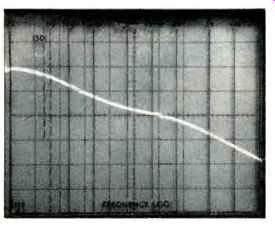
Fig. 3 The RIAA playback response.

Fig. 4 Distortion vs. frequency for the rated output of 2.0 volts (AUX
input to Main outputs).

Fig. 5 Tone control range of the C-27.
Fig. 6 Low- and high-cut filter response.
Fig. 7 Action of the separate loudness control.
The phone jack derives its power from the speaker outputs, which, as mentioned, can be connected at the rear of the C-27 (along with the power amplifier outputs) so that front panel speaker/headphone switching becomes possible. Users of the C-27 who own headphones will want to avail themselves of this feature even though a self-contained phone amplifier (provided in the more expensive C-32) is not incorporated in the C-27 and an "off" position on the C-27's speaker switch makes this form of listening possible and convenient.
By eliminating some (but not all) of the features of the higher priced C-32, McIntosh has come up with what will undoubtedly be another long-lived preamplifier that will be affordable to a greater number of potential purchasers. In our opinion, its suggested price is not at all inconsistent with the level of performance it achieves or with its excellent and rugged design and construction features.
-Leonard Feldman
(adapted from Audio magazine, Sept. 1978 )
Also see:
McIntosh Model C-28 Stereo Preamplifier (Nov. 1976)
McIntosh Model C-32 Stereo Preamplifier/Control (Dec. 1977)
McIntosh Model MR-78 FM/Stereo, FM Tuner (Feb. 1977)
= = = =